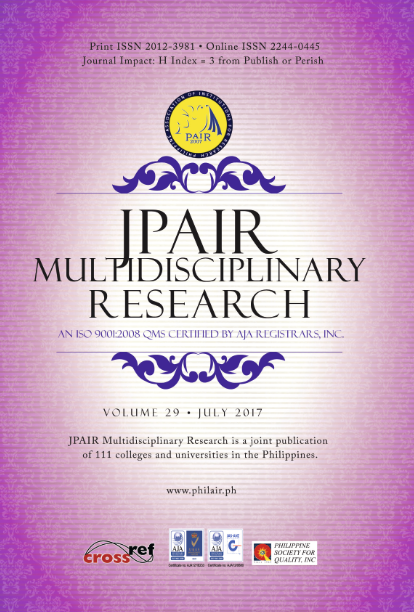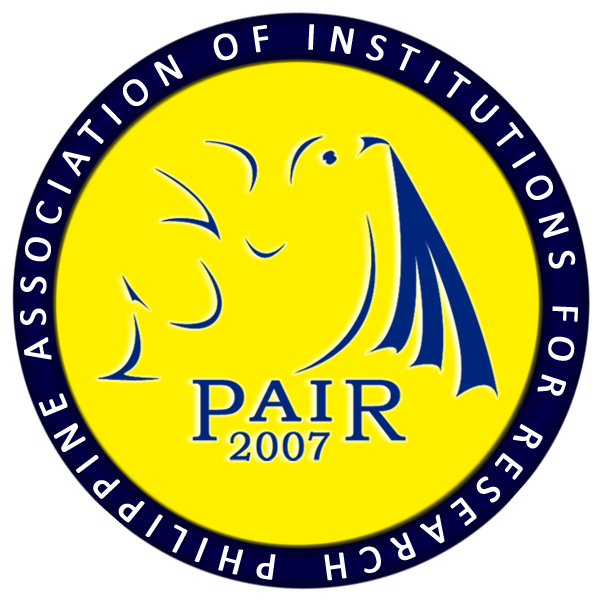Computer-Based Examination System for the Licensure Examination of Agriculturist
DOI:
https://doi.org/10.7719/jpair.v29i1.516Keywords:
Information Technology, Computer-based examination, Descriptive survey, accessibility, functionality, usability, PhilippinesAbstract
Computer-based examination plays an important role in the assessment process in the 21st century. The study aimed to develop a computer-based examination system intended for the Agriculture graduates who would like to review in preparation for the Licensure Examination for Agriculturist. The researchers utilized various web scripting languages and Content Management System (CMS) in developing different pages. A descriptive survey was used to evaluate the capability of the system. There were one hundred seventy-eight (178) students taking agriculture related courses requested as respondents of the study. The statistical treatment used in the study was weighted mean to determine the perception of the respondents utilizing the Likert five-point scale criteria. Based on the findings of the study, it showed that the developed computer-based examination system for the licensure examination for agriculturist is meaningfully accepted by the users, because of the high accessibility, functionality, and usability level of the system features. Based on the result of the data gathered when respondents are grouped according to sex, it is described that the system is highly accessible, very much functional, highly reliable and highly usable. Therefore, this study should be adopted by the college, the review center of the school and other institutions across the country to help students review for their upcoming exams using this computer-based examination system.
Downloads
References
Behkamal, B., Kahani, M., & Akbari, M. K. (2009). Customizing ISO 9126 quality model for evaluation of B2B applications. Information and Software Technology, 51(3), 599-609. doi:10.1016/j.infsof.2008.08.001
Downloads
Published
Issue
Section
License
Copyright (c) 2017 Urbano B. Patayon, Crisanto C. Mandawe, Chenee Rose M. Pagador, Yvonne M. Teopis, Elidio C. Quiboyen, Jr.

This work is licensed under a Creative Commons Attribution-NonCommercial 4.0 International License.
Open Access. This article published by JPAIR Multidisciplinary Research is licensed under a Creative Commons Attribution-Noncommercial 4.0 International (CC BY-NC 4.0). You are free to share (copy and redistribute the material in any medium or format) and adapt (remix, transform, and build upon the material). Under the following terms, you must give appropriate credit, provide a link to the license, and indicate if changes were made. You may do so in any reasonable manner, but not in any way that suggests the licensor endorses you or your use. You may not use the material for commercial purposes.





















